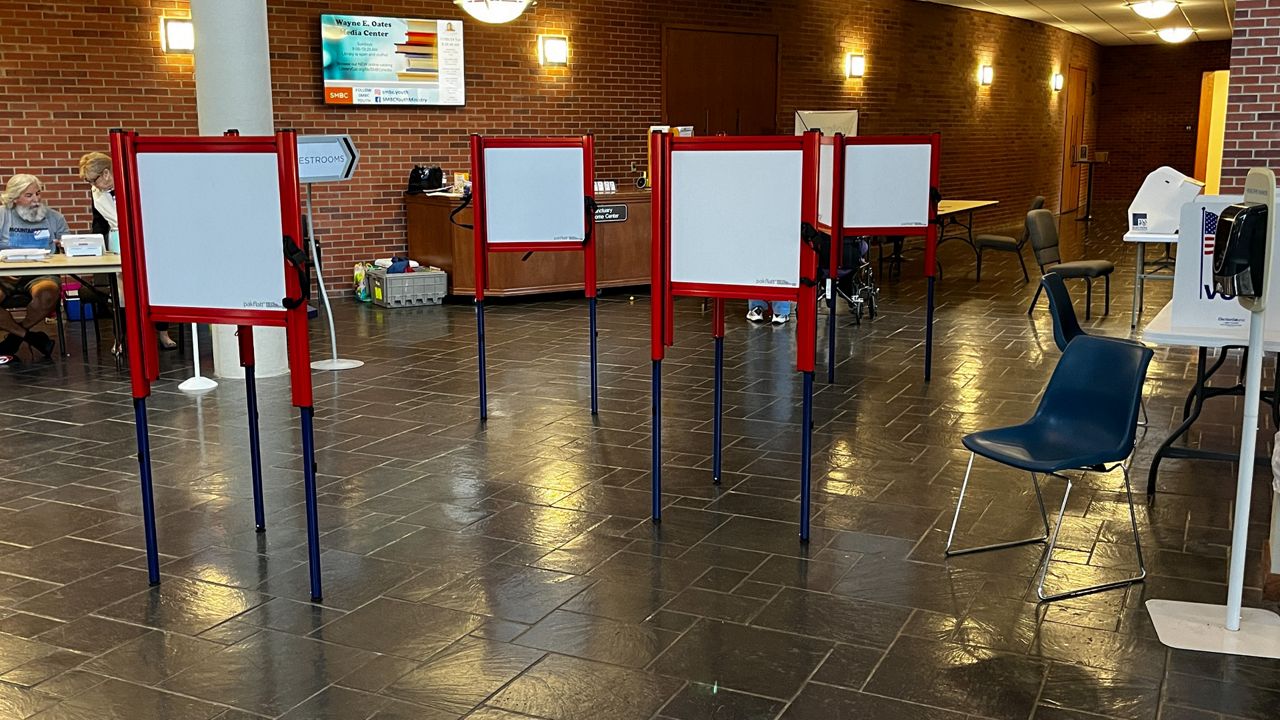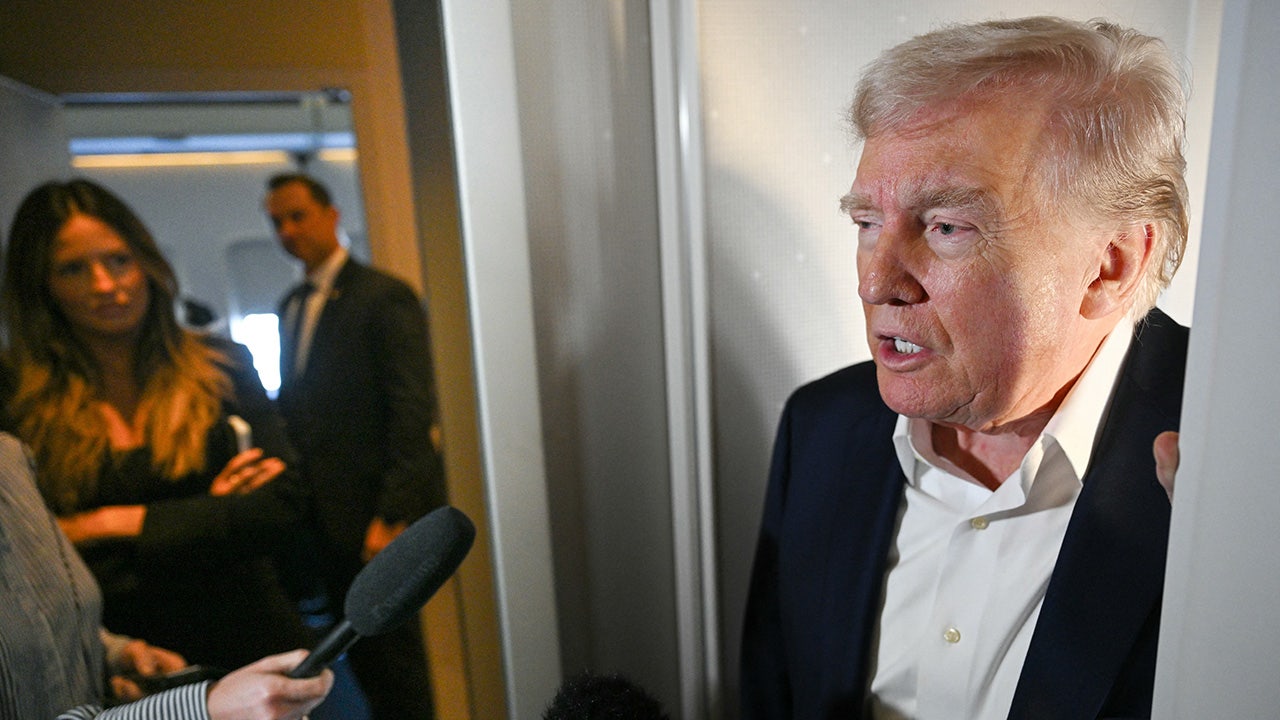Alaska
Breaking: Trident selling off four of 12 Alaska plants

In a sweeping company overhaul, Trident Seafoods is divesting four out of its 12 processing plants located in Alaska. This move will also result in employee layoffs across the company.
The four plants slated for sale are situated in Kodiak, Ketchikan, Petersburg, and False Pass.
Trident Seafoods’ CEO, Joe Bundrant, emphasized the need for decisive action, stating that the steps today to restructure are essential to ensure equitable returns for the fishing fleet, communities, and stakeholders.
While actively seeking potential buyers for the four plants, Trident Seafoods is planning to continue to operate its Kodiak facility on a considerably reduced scale during the upcoming winter season. This restructuring aims to secure the company’s future while adapting to evolving industry dynamics.

“Our Kodiak operations are integral to the Gulf of Alaska fisheries,” said Jeff Welbourn, Senior Vice President of Alaska Operations at Trident Seafoods. “They are highly efficient, multispecies plants, and we are working diligently to find a new owner to support the fleet and the Kodiak community.”
Trident also announced that its regional salmon strategy would refocus operations in Southeast Alaska and Area M.
As the company seeks buyers for its seasonal plants in Ketchikan, Petersburg, and False Pass, it said in a statement, “These are all well-maintained operations that align better with other operators’ strategies. We are optimistic the combination of new ownership and our continued service to the fleet through our other locations will mean little to no disruption for regional salmon fleets.”
To round out the Alaska operations strategy, Trident is retiring or seeking buyers for other assets, such as the historic South Naknek Diamond NN cannery facility and the support facilities in Chignik. The company is also assessing its overall company-owned vessel strategy.
The restructuring effort is not confined to Alaska alone. Trident is also streamlining its head office support functions, resulting in a 10% reduction in workers.
The restructuring effort enables Trident to execute its strategic drive to modernize its processing plants throughout Alaska. In August, the company announced a delay to the three-year plan to build a new, state-of-the-art processing plant in Unalaska’s Dutch Harbor to replace an aging plant in Akutan, Alaska. Construction is likely to resume once the restructuring activities are complete.
“We are modernizing and re-tooling the remaining Alaska plants to be more efficient, effective, and sustainable operations,” the company said. “This will allow us to continue supporting as many fleets and communities as possible across Alaska for the long term.”
The company is also looking at whether it should keep its fleet of fishing vessels.
Trident’s strategy reflects the realities facing U.S. seafood producers in global markets. Across many species, the combination of declining demand, excess supply, and foreign competition has driven prices down, squeezed margins, and displaced U.S. producers from markets that they developed over decades, the company said.
“We are competing against producers in other countries that do not share our commitment to or investments in environmental sustainability, social responsibility, and product quality,” said Bundrant. “Many of our foreign competitors operate with minimal regulatory costs and oversight, inexpensive infrastructure, and exploitive labor practices.”
Overall, I remain confident in the Alaska seafood industry and our role in it. These are significant changes, and we are focused on treating our impacted employees and communities with the respect and compassion they deserve,” said Bundrant. “Embracing these changes and operating a more streamlined company will allow us to reinvest in the communities, people, processes, and assets that enable us to continue our mission of responsibly sharing wild Alaska seafood with the world.”
Trident is a prominent player in the US seafood industry and has plants across Europe and Asia, including China. The list of the Alaska plants are at this company link.

Alaska
Alaska Native artists represent their culture through Fairbanks art sale
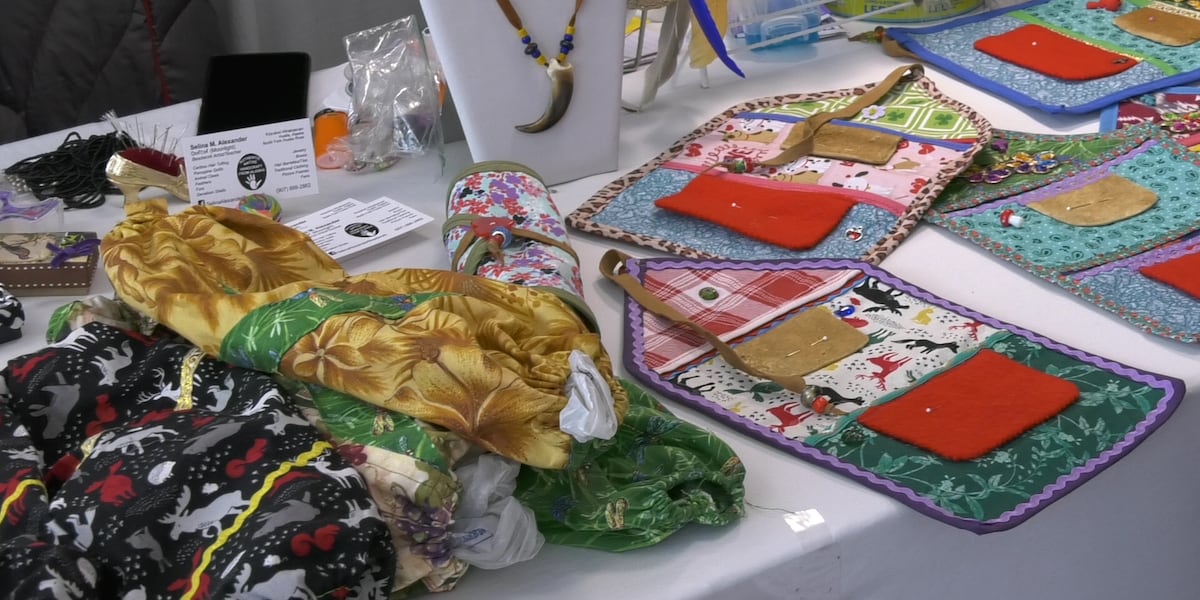
FAIRBANKS, Alaska (KTUU/KTVF) – Fairbanks non-profit organization Denakkanaaga hosted its monthly art sale at the Morris Thompson Cultural and Visitors Center.
Denakkanaaga represents Alaska Native Elders in Interior Alaska. Many have a passion for art and were able to display their work at the event.
One artist said the goal is to represent the culture and heritage. Native artist Audrey Fields inherited it from her mother.
“Any craft fair, we were buddies, and we would go to each one,” Fields said. “We talk about our heritage, where we’re from … and we are very proud to learn many new things from other sewers.”
For many of the artists, their artwork is passed down through family members. Native artist Selina Alexander says her mother taught her sewing when she was seven. Since then, Alexander has used her skills to give her peace of mind.
“If you’re troubled or upset or anything, when you work with your hands, it calms your mind down,” Alexander said. “For me, that’s what art is”.
Alexander said she wants to keep their culture alive through their art sales.
See a spelling or grammar error? Report it to web@ktuu.com
Copyright 2025 KTVF. All rights reserved.
Alaska
Alaska high school students plan to walk out of classes Friday to protest for more school funding

An Instagram notice indicates that high school students across Alaska plan to walk out of classes on Friday, demanding more funding for schools with a higher base student allocation.
The walkout is planned for fourth period, around 1 pm, and media has been alerted, so the walkout photos and footage will be splashed across the websites of mainstream media in an effort to pressure lawmakers in Juneau.
The timing for the walkout coincides with the movement of House Bill 69, a school funding bill that would increase the per-student state funding, known as the BSA, by $1,000, costing the state about $250 million more per year. The Alaska Senate plans to consider the bill on the floor of the Senate on Friday, and the governor has already said he will veto it, if it passes.
Alaska
Whether a ‘pickle’ or a ‘crisis,’ the Alaska House is struggling with a deficit budget

The Alaska Legislature’s quest to pass a viable state budget before the end of the legislative session in mid-May isn’t getting any easier.
“Ladies and gentlemen, we’re all in a pickle,” House Speaker Bryce Edgmon, I-Dillingham, told reporters on Tuesday.
At this point in a normal year, Edgmon said, House lawmakers would be on the verge of passing their version of the state’s operating budget, marking the lower chamber’s preferred level of spending on state agencies, public schools and the Permanent Fund dividend. Last year’s budget passed the House on April 11.
But this is not a normal year. Low oil prices are fueling large deficits, meaning tough budget decisions are ahead. With a razor-thin 21-19 majority for the chamber’s Democrat-heavy bipartisan coalition, House lawmakers are struggling to come to an agreement that meets their constitutional obligation to pass a balanced budget.
Nowhere is that struggle clearer than in the state operating budget, which House Finance Committee members voted out of committee last week. The $13.5 billion appropriations bill contains $2.5 billion for dividends, enough for a roughly $3,800 PFD, in line with Gov. Mike Dunleavy’s budget proposal and a formula in state law that has not been used since the mid-2010s. The budget also includes a so-called “unallocated cut” of nearly $80 million, an unusual step that would give the governor the freedom to make substantial cuts on his own. Legislative attorneys warn the step could be unconstitutional.
Altogether, it adds up to a $1.9 billion deficit. And that’s before accounting for recent volatility in the markets for crude oil, equities and bonds, which further threatens the state’s financial stability.
“It is a crisis. We cannot pay an unsustainable dividend,” said Chuck Kopp, R-Anchorage, the House majority leader.
The state has approximately $2.8 billion in its main rainy-day fund, the Constitutional Budget Reserve.
Large dividend figure is largely a mirage — but a persistent one
Members of both the coalition majority and Republican minority have called the $3,800 figure unrealistic in a year when roughly status quo spending would leave a $677 million deficit between the current fiscal year ending in June and the next year beginning in July. That figure, spotlighted by Senate budgeters, includes a roughly $1,400 dividend and a long-term extension of this year’s $175 million boost to education funding.
But House lawmakers have so far failed to come to an agreement on a more realistic dividend.
Majority lawmakers, including members of House leadership, have called repeatedly for reducing the PFD to $1,000 in an effort to balance the budget while boosting funding for public schools. But so far, they haven’t mustered the votes to pass, or even advance, a budget that reflects that stated preference.
During the marathon budget-writing process, two majority-aligned members of the House Finance Committee — Rep. Neal Foster, D-Nome, and Rep. Nellie Unangiq Jimmie, D-Toksook Bay — voted with all of the House Finance Committee’s minority Republicans to reject a proposal that would have reduced the PFD to $1,000.
Foster and Jimmie were not available for interviews Wednesday afternoon, but Foster has in the past said PFD reductions amount to a tax that falls disproportionately on the poorest Alaskans.
The House’s chief budgeter, House Finance Committee Co-Chair Andy Josephson, D-Anchorage, said he’s sympathetic, but the dire fiscal picture is forcing lawmakers’ hands.
“We don’t yet live in a world where the Alaska people, writ large — although we heard different messages in Anchorage — are ready for themselves to invest in their state government, so here we are,” he said. “I’m not saying that people who want the PFD in its entirety aren’t speaking to a set of values. We just have a significant math problem.”
House leaders turn to minority and governor for help
With members of his own caucus apparently unconvinced, Edgmon on Tuesday pleaded with his Republican counterparts for help.
“We need the help of the minority caucus. We also need the help of the governor to come forward and to put all these pieces together,” Edgmon said.
Reducing the PFD would only go so far when it comes to balancing the budget, though. Even with a $1,000 PFD, the nonpartisan Legislative Finance Division estimates a $169 million deficit for the next fiscal year — if a House-passed $1,000-per-student funding boost, a key campaign issue for the Democrat-dominated majority, is included.
“That’s just not possible,” said Rep. DeLena Johnson, R-Palmer and the senior Republican on the Finance Committee, said.
House minority Republicans say they’d like to see some additions to the governor’s budget rolled back, though those would not close the gap. Johnson said she anticipated cuts to both the PFD and the House’s $275 million education bill that’s now in the hands of the Senate.
“We’re looking at really having to cut things back, and [that’s] probably going to include having to discuss both of those two very, very, very difficult things,” Johnson said.
‘Maybe we can get to yes’ on Senate tax bills
Even reducing the education funding boost to a status quo level, $175 million, same as schools got this fiscal year in one-time funding, would not close the remaining gap.
Funding for Alaska’s schools remains a question mark. Here’s where things stand
Another option for balancing the budget is raising state revenue. Members of the bipartisan Senate majority have suggested expansions of corporate income taxes and reductions to oil and gas tax credits.
“I hope they pass,” said Senate President Gary Stevens, R-Kodiak. “I’d like to see us have reasonable education funding and a reasonable dividend, and not have to slash everything, as we would if we don’t have those revenues.”
Stevens also suggested that the Legislature may not have a choice when it comes to determining the appropriate school funding level.
“I suspect that the legislature may pass a $1,000 [school funding increase],” he said. “I have no doubts, from having spoken to the governor, that he will veto that.”
Stevens said he expected efforts to overcome a veto with a two-thirds majority vote would be “dead on arrival.”
Josephson, the Finance Committee co-chair, suggested the House may agree to Senate-proposed reforms that would capture corporate income taxes for large S corporations in the oil and gas industry — namely, BP successor Hilcorp, which is not subject to typical state corporate income taxes — and companies that do business in the state via the internet.
“Maybe we can get to yes,” Josephson said.
But the House majority’s one-vote margin may make that difficult. Kopp, the majority leader, said he opposes the Senate’s revenue measures.
“Not this year,” he said last month.
Stevens, though, reiterated Wednesday that he continues to oppose spending from savings for the coming year’s budget, despite recently acknowledging a withdrawal will likely be necessary to close the budget gap in what remains of the current fiscal year.
If the House fails to pass a budget, the Senate could push forward with its own budget bill, cramming the Legislature’s typically separate operating, capital and supplemental spending bills into a single budget document colloquially referred to as a “turducken.”
Despite the political headwinds and mounting time pressure, Edgmon says he remains optimistic lawmakers will settle on a budget before the constitutional end of the legislative session on May 21. Edgmon estimated that the House would have to pass a budget next week to remain on track.
“We still have time,” he said. “We don’t have a lot of time.”
Correction: An earlier version of this story misspelled Toksook Bay.
-

 News1 week ago
News1 week agoSupreme Court Rules Against Makers of Flavored Vapes Popular With Teens
-

 News1 week ago
News1 week agoNYC Mayor Eric Adams' corruption case is dismissed
-

 Technology1 week ago
Technology1 week agoHere’s how you can preorder the Nintendo Switch 2 (or try to)
-

 World1 week ago
World1 week ago‘A historic moment’: Donald Trump unveils sweeping ‘reciprocal’ tariffs
-
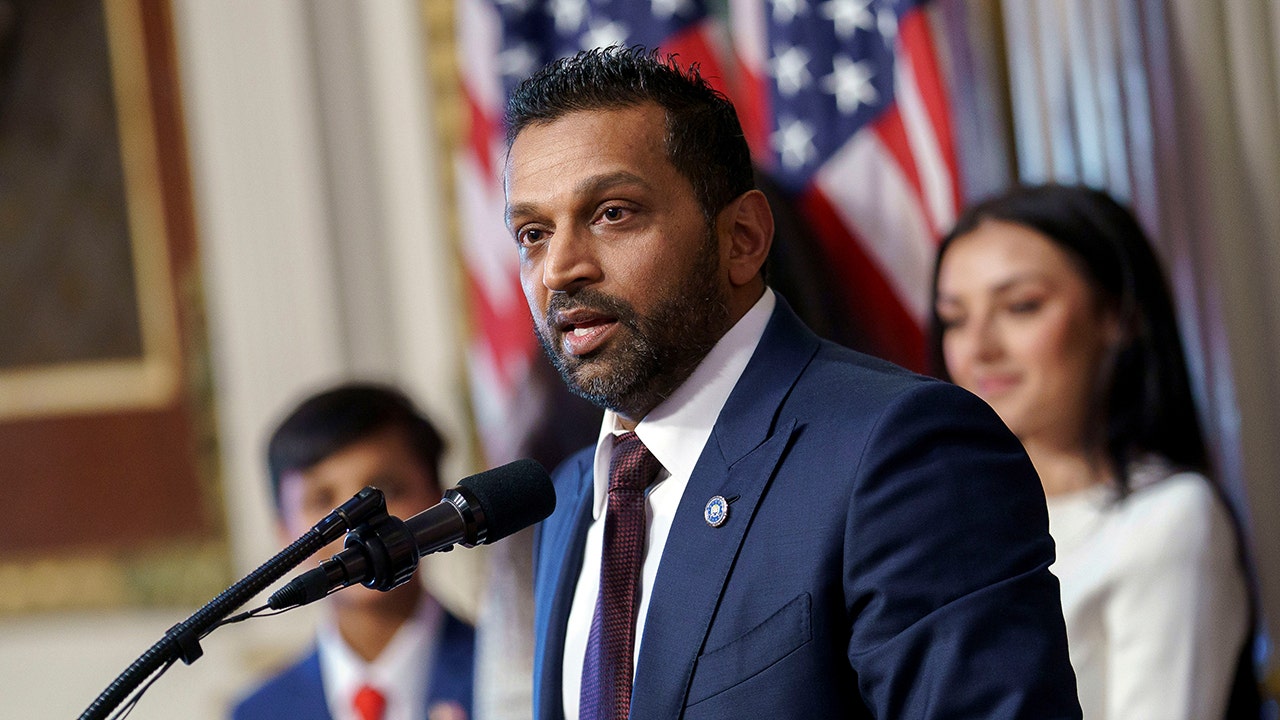
 Politics1 week ago
Politics1 week agoFBI flooded with record number of new agent applications in Kash Patel's first month leading bureau
-

 Business1 week ago
Business1 week agoAmazon Said to Make a Bid to Buy TikTok in the U.S.
-
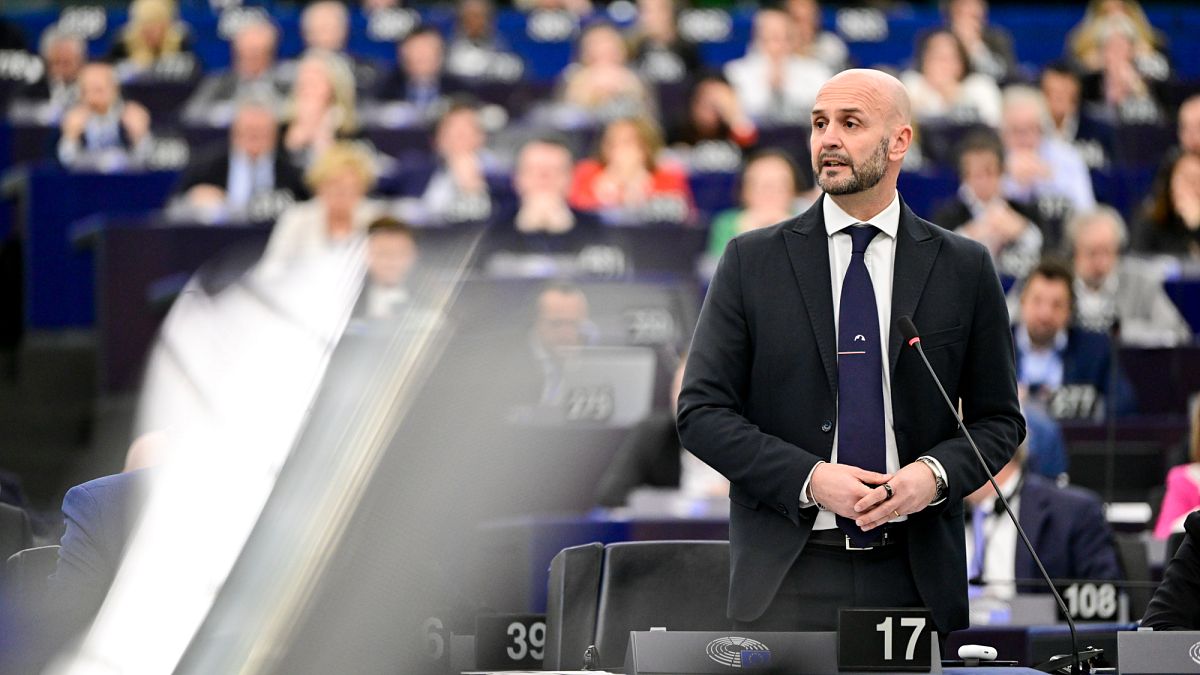
 World1 week ago
World1 week agoCommission denies singling out NGOs in green funding row
-

 Health1 week ago
Health1 week agoFederal Health Workers Make Up Less Than 1% of Agency Spending



